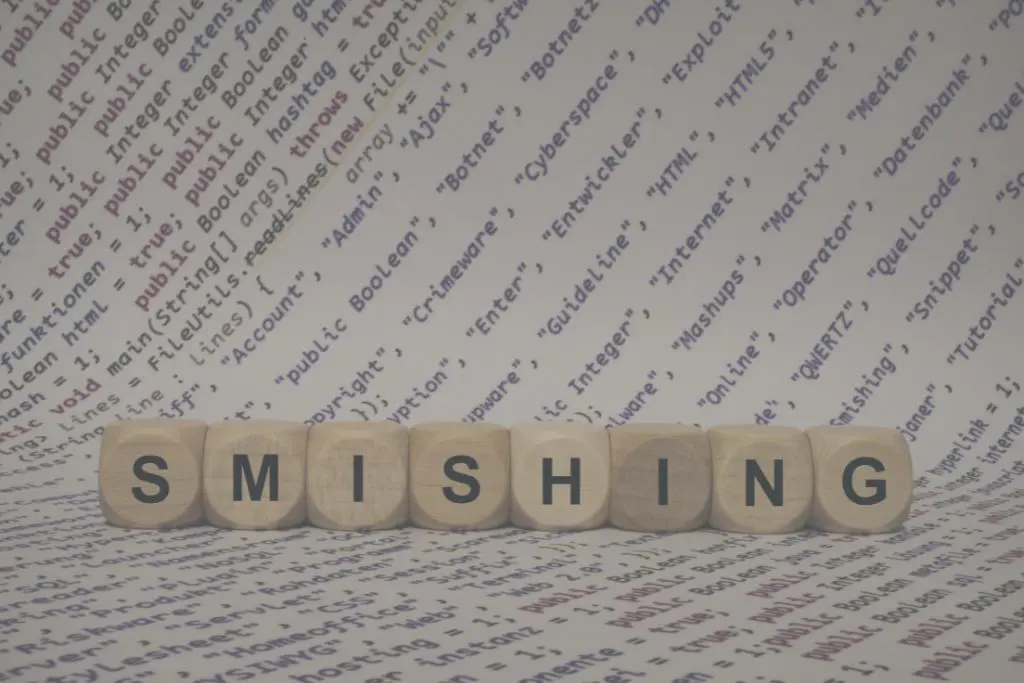The use of new digital ecosystems, such as the education metaverse, has just begun. The possibility of interacting virtually beyond the limits of Web 2.0 is a breakthrough that can bring many academic benefits to students of all ages and to all kinds of people who are willing to train with highly innovative techniques.
But what is the metaverse in learning, and how can it impact this sector?
This post will define this new and innovative tool at our disposal and the main benefits and disadvantages it can bring.
What is the metaverse?
Metaverse here, metaverse there… A few years ago, no one had heard of it. Today, no one can stop doing so. But before measuring the metaverse’s impact on education, we must know in depth what the metaverse is.
Subscribe today to SMOWL’s weekly newsletter!
Discover the latest trends in eLearning, technology, and innovation, alongside experts in assessment and talent management. Stay informed about industry updates and get the information you need.
Simply fill out the form and stay up-to-date with everything relevant in our field.
Metaverse definition
The metaverse is, in short, a universe that transcends beyond tangible reality or the physical world.
It has been proposed as a possible explanation for the origin and nature of our physical universe and has been used in contexts of science fiction and relativity theories.
Some theorists have suggested that the physical universe or the real world could be a simulation or a projection of another reality beyond our own, which could be a virtual reality or a “matrix” of some form.
But the word “metaverse” arose in the world of fiction. It was first published in 1992, following the publication of Snow Crash, where humans interact with each other through avatars in a virtual recreation of our universe.
Away from these existential theories, today the metaverse has become better known in the context of virtual reality and augmented reality technology (thank you, Mark Zuckerberg), where it has been used as a term to describe a series of shared virtual worlds online in which people can interact and collaborate.
Examples of metaverse today include online multiplayer video games, virtual and augmented reality platforms, and virtual social networking platforms.
Among all the possibilities opened up by this technology are the potential advances in the academic sector. But what are the present and future of the metaverse in education?
Let’s analyze it.

Teaching in the metaverse: how could it be possible?
In the internet realm, the metaverse commonly refers to a shared virtual reality in which people can interact and collaborate through a digital identity. This can include, as mentioned above, virtual and/or augmented reality platforms, online multiplayer video games, and virtual social networking platforms.
These tools make possible teaching in the metaverse in various ways:
- Virtual and augmented reality platforms can be used as teaching tools to provide immersive and enriching learning experiences.
- Virtual social networking platforms can also be used for collaboration and communication between students and teachers. In addition, the Internet metaverse can impact education by allowing people to access educational resources in a more immediate and accessible way.
- Multiplayer video games (such as the pioneering Second Life) can also be used as playful and motivating learning tools for some students.
It is essential to remember that the Internet metaverse is a broad term and conjunction of immersive technologies. Therefore, it is important to evaluate how each type of Internet metaverse can be used effectively as an educational tool and consider the potential benefits and disadvantages associated with its use.
Benefits of metaverse education
Like any technological revolution in the EdTech world, implementing the metaverse in education has specific risks, although the advantages far outweigh them.
Here are some of these benefits:
Improves communication between students
The metaverse not only offers new opportunities for collaboration and interaction between people but because it is more immersive than traditional education, it can help learners improve the way they relate to each other and share their knowledge.

Encourages creativity
The metaverse has few barriers on a creative level. It is a world where anything we can imagine can be translated into images and sound. This is the best incentive for the most creative minds to develop, which is also part of each student’s education.
Promotes accessibility
Not all students have the exact needs and abilities. The metaverse can allow, for example, people with functional diversity to discover ways of learning that are much more adapted to them.
Disadvantages of metaverse education
With the benefits we have listed above, it should be enough for your institution to incorporate the metaverse in one of your educational processes. However, you should be aware that there are still some technological and economic barriers.
It is an expensive technology
Educational institutions still find it expensive to create this kind of content, and it requires money and time on the part of developers to create an environment in which classes can be taught.
In addition, the equipment required per student for this type of technology can also be expensive. A high-performance computer and augmented or virtual reality glasses are usually needed to get the most out of it.
It can be difficult at first
As with all new technologies, the initial learning curve can be overwhelming for some students.
Those more accustomed to technological tools will quickly get to grips with the metaverse, while others will need to invest a little more time to handle it.

There are fewer safe places within the metaverse
Eventually, the metaverse may become a parallel virtual reality. A reality that will be generated by a computer and hosted on servers. For this reason, we must be careful with the data we host on these servers.
In this regard, we must remember that the virtual identity is much easier to impersonate than our real identity, so taking extreme precautions and using tools that allow a complete and safe education is advisable.
What is the future of the educational metaverse?
The educational metaverse is here to stay, and it is now up to each institution to implement it in their academic programs to a greater or lesser extent. Its use for leisure activities is growing, but it lacks that last push that allows teachers and trainers to opt for this utility.
If you consider that your institution could be one of them, in this new scenario that is opening up with the emergence of the educational metaverse, you will need technological allies that will allow you to identify your users through artificial intelligence and make sure that behind this virtual identity is the real student. SMOWL plans can help you in this task.
Ask us for a free SMOWL demo to learn all the advantages that proctoring can bring you.
Download now!
8 interesting
facts
about proctoring
Discover everything you need about online proctoring in this book to know how to choose the best software.
Fill out the form and download the guide now.
And subscribe to the weekly SMOWL newsletter to get exclusive offers and promotions.
You will discover all the trends in eLearning, technology, innovation, and proctoring at the hands of evaluation and talent management experts.



